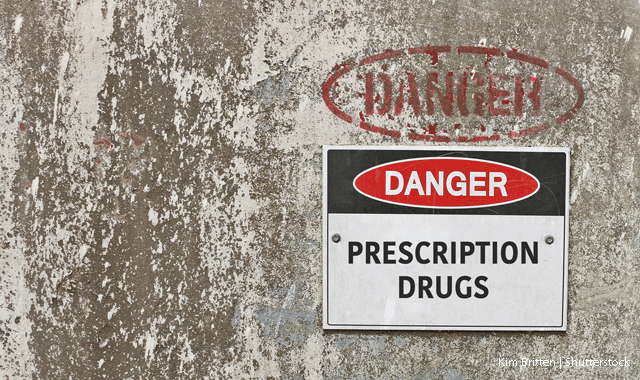3 Tips for Incorporating Adverse Drug Reaction Reporting into your Practice
Submitting ADRs is a great way to help protect patients and educate students.

Pharmacists can play an important role in post marketing surveillance through adverse drug reaction (ADR) reporting. This is especially vital for newly approved medications, as a larger and more diverse population will take the drug than what was studied in clinical trials leading to new ADRs.
It is voluntary for healthcare professionals to report ADRs to the FDA but required for manufacturers. However, under-reporting of ADRs is common, so it is essential to encourage pharmacists and other healthcare professionals to report them. When teaching drug information to my students, I always emphasized that reporting ADRs helps to monitor medications and ensure the health and safety of patients.
Related article: Top 5 Tips for Preventing Medication Errors
Here are 3 tips for incorporating ADR reporting into your practice:
1. Keep it Simple and Report Serious Adverse Events
MedWatch is the FDA’s system for adverse event reporting. Report those ADRs associated with the following serious outcomes: death; life-threatening; hospitalization; disability or permanent damage; congenital problem or birth defect; or medical or surgical intervention. The FDA then issues drug safety communications when an issue may be associated with a specific medication.
For example, the FDA recently released a safety announcement warning healthcare professionals and patients about a rare but serious infection of the genital area that may be associated with sodium-glucose cotransporter-2 inhibitors like canagliflozin (Invokana). Unfortunately, 12 patients were hospitalized and required surgery. Your ADR reporting can ultimately save patients’ lives and provide important updates to the prescribing information-including stricter warnings like black box warnings.
2. Submitting Electronically Saves You Time
The FDA has updated the electronic submission process for reporting ADRs through MedWatch to make it even easier for pharmacists to submit them. Reports are easy to submit and can be completed in about 10 minutes.
Save the link on your work computer so that it is available right at your fingertips. There is a great free electronic resource called DailyMed that is a one-stop shop for package inserts and also includes a link to the FDA for reporting ADRs for all indexed medications. Remember to submit a new MedWatch report for each patient. Alternative submission methods include faxing the form or reporting by phone.
3. Pharmacy Students Can Assist with ADR Reporting
Serving as a preceptor can be a very rewarding experience. When I managed a university-based drug information center, my pharmacy rotation students would help with documenting ADRs and reporting them to the FDA. I highly recommend serving as a preceptor, as this can benefit both pharmacists and students.
Related article: What the FDA Needs to Do
Contact your local pharmacy school to find out about opportunities if you are interested in serving as a preceptor. When you receive an ADR report by a patient, pharmacy students can document the case and complete the MedWatch form. Then, you can review the information prior to submitting it to the FDA. This can help save you time and students will learn a lot through the process. Pharmacy students can present a case report about the disease state and possible medications causing the ADR, which will also serve as a great review for you as the pharmacy preceptor.